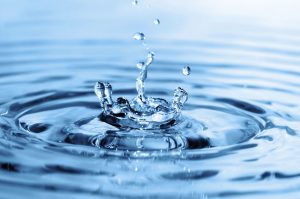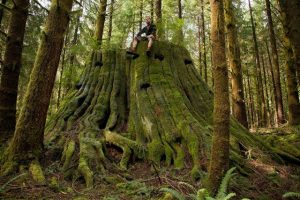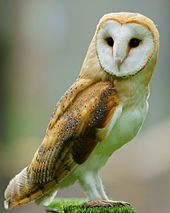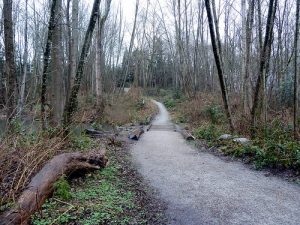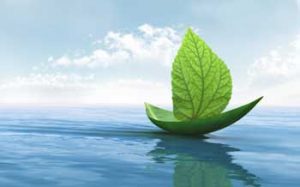Think of Grade 4 and 5 as Practice Years!
Hello Everyone,
Grade 4 and 5 are great opportunities for you to practice making the transition between primary elementary school years and higher-level work.
There are many things that make you a successful person. Knowledge and cognitive ability aren’t always enough to get through higher academic work. It is important to work on other areas of personal and social responsibility, as well as self-management skills, so you are able to make it through the coming years with flying colours!
Term three can be a time when people get more relaxed. Whew! I made it through term one and two! I did well on my report card! It is sunny outside! But, it is important not to fall in to the trap of the “early summer vacation disease.”
I noticed this today as many of you asked for more time on your animal project, even though you had plenty of time in class and the assignment was posted all week on the blog. Some people were just doing the bulk of their research today! So, we need to make sure we stay on track. We still have a lot to do and two months to go!
Make it your goal in grade four and five to master these things, so you can be a super star in higher grades:
Get enough sleep: Don’t use electronics 30 minutes before bed time. Read something without a screen before going to sleep as it is a good way to wind down. Get 10-12 hours of sleep a night.
Do your homework right away: I don’t assign a lot of homework, but I do expect that the little I do assign should be done. It is good practice for future years when you will have more to keep up with. Do the homework as soon as possible when you get home. Carve out time in your schedule when you will be able to think about school work or at least organize your papers and prepare for the next day.
Have balance: Always ask yourself and discuss with your parents whether or not the number of activities outside of school is impacting your ability to do school. When you come to school over tired or over stimulated, this can mean you are unable to do work at school OR get into conflicts with your peers because you can’t manage emotions and behaviours. Make sure you have some down time doing something you really want to do for fun, too. Research has proven definitively that our down time is when the brain organizes itself, downloads the day, comes up with the most creative ideas, and relaxes so it can approach the next thinking challenge. You need down time for your mental health, but also so you can be more successful at school and at life.
Organize your binder: Keep yourself organized. If you see your binder is a mess, take it home and look at whether or not you could remove some items or better arrange them. Don’t just leave it on the shelf and expect it to magically rearrange itself!
Put your name on things: If you want credit for your work, if you don’t want to lose papers, put a NAME on it. (I’ve taught high school and those teachers do not have time to hunt down who didn’t put a name on an assignment.)
When you know you are going to be absent, plan ahead: If you see a project is coming up, and you know you will be away, plan ahead. Carve out time to work on it ahead of the due date so you can turn it in on time.
When sick, follow up: If you are sick, don’t assume someone will take care of getting you up to speed. Make sure you have a routine. Who in class will you ask for help? When could you talk to the teacher about what you missed? Did you get your handouts from the board?
Turn things in on time: Work on managing your time. If you see you were unable to get enough done during a class period, then make plans to do some at home. Don’t expect extra time for assignments. It doesn’t reflect well on you to constantly be asking for more time or to show up to school without your work done. Sometimes, a deadline is a deadline. It is not a good habit to be turning things in late, and even though the teacher may accept them, it does reflect on your performance and ability to manage your time. Of course, better late than never. Be a good communicator and tell me when you need more time. I won’t be mad, and I will talk with you about your plan to get it done, because I know you are learning. But, also make a goal to do it within timelines the next time.
Use class time well: If class time is given to work, don’t waste it and then expect the teacher to give you more. Sometimes there just isn’t enough time given the number of cool activities we have to do and to learn!
Be kind: Say “Good Morning” and ask how someone is before you ask for something from them, whether it is a peer or an adult like Ms. D. Help one another out. Be willing to help someone when they ask, or even when they don’t ask. Don’t always expect a reward, but know that being kind makes the world a better place for YOU to live in. Be proud of being an expert at something, but be humble enough to admit you don’t know everything, and be okay with that. Because we don’t all know everything. That’s impossible and would make the world a very boring place.
Pick up after yourself: Push in your chair. Keep your materials organized. Hang up your coat and backpack. Don’t leave others to pick up your mess. Own it when you make a mistake. Cleaning up after a mistake means admitting it, reflecting on it, and just moving forward. Don’t lie. Just say how you are going to make it better and try harder next time.
Be curious and inventive: Be willing to research new things. Don’t just study because someone told you that you should study — do it for yourself, too. Share new ideas, even if they seem crazy. Listen to others’ ideas, because you may be able to store them away and help make those ideas even better some day.
Be aware: Listen to others. Sometimes, choose to watch and observe rather than just jumping in with the first thought in your mind. Watch how other people do things and ask yourself if that is something you could try. Be aware of your personal space and that of others. Practice being observant without making immediate judgements.
Okay, everyone. Happy Friday, and please do some thinking about this. Ms. D really believes that if you work on these things, you can truly be successful at ANYTHING you want to do in the future.
And don’t get relaxed yet. We still have two more months of activities and fun before summer!
Kindly,
Ms. D

